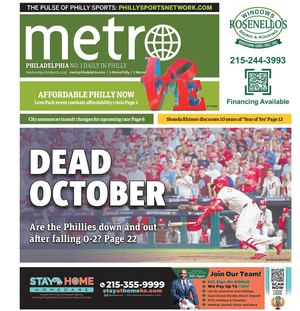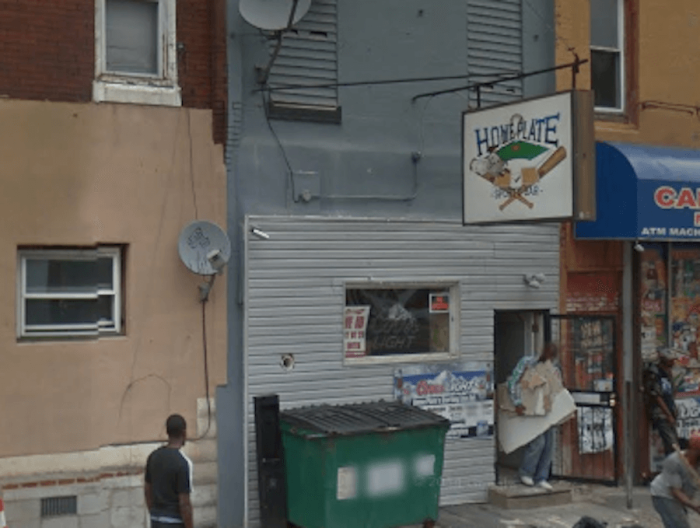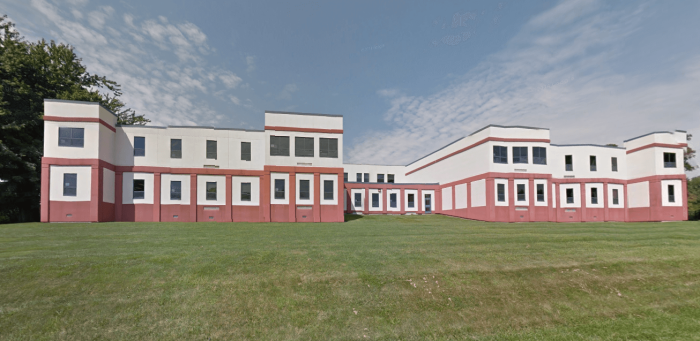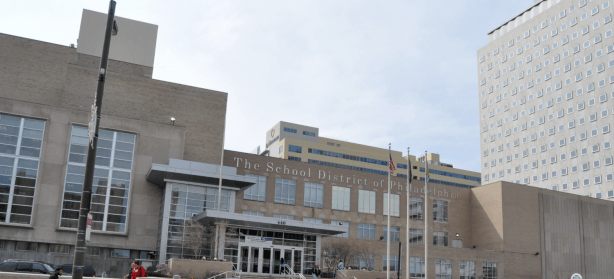Not everyone is on board with virtual learning.
Inquiries have been pouring in to Catholic elementary schools from parents who want their kids to attend in-person classes. Some have even had to establish waiting lists.
Unlike the School District of Philadelphia and many charters, the Archdiocese of Philadelphia has laid out plans for all students to return for in-person classes on Sept. 2. K-8 students will be coming in every day.
Andrew McLaughlin, the Archdiocese’s secretary for elementary education, said face-to-face learning is “far superior” to online options, and he thinks parish schools can pull it off safely.
“We feel we’re able to do this,” McLaughlin told Metro. “We’re really comfortable we can do this.”
The 17 Archdiocese-run high schools in the region will open on a hybrid plan, similar to what Philadelphia public school leaders proposed before opting to start the year virtually following pushback.
Students will be split up, with one group attending in-person while the other half of the class watches a live stream from home.
“We feel as though it is the very best plan that we could possibly create,” said Sister Maureen Lawrence McDermott, the superintendent of the high school system.
There’s been an uptick in families interested in enrolling at the high school level, too, McDermott said.
She said many teenagers suffered emotionally, socially and academically because they didn’t have the opportunity to interact with their peers, which is part of the reason the archdiocese decided not to pursue a completely virtual route.
“A lot of children come from smaller family sizes, so they’re home alone,” McDermott said. “Their parents are at work. They’re by themselves all day. That’s very hard.”
Independence Mission Schools, an independent non-profit network that manages 15 former parish schools, will be offering all-online classes through September.
Philadelphia Health Commissioner Thomas Farley said he’s been in discussions with the Archdiocese and believes Catholic schools can open safely.
“They need to follow safety procedures, though, particularly that children need to wear masks and keep a distance from each other,” he said last week during a press briefing.
In its original plan for elementary schools, the Archdiocese said students wouldn’t have to wear masks while seated at their desks, and teachers were instructed to wear face shields, not masks, which are viewed as less protective.
After input from Farley, Archdiocesan leaders decided that students and teachers should wear masks at all times, apart from short breaks, McLaughlin said.
“We’re really pushing for them to wear them all the time now,” he said. “We’re just going that extra step now.”
Almost all elementary schools will be offering a 100% virtual option for families who are uncomfortable sending kids into school during the pandemic.
The Archdiocese published guidelines for elementary schools, which will be adapted by each individual school according to its needs, McLaughlin said. Parish schools are owned by each church’s pastor, while Catholic high schools are operated by the archdiocese.
Elementary school teachers will have movable shields, which act as massive sneeze guards, McLaughlin said. Each school has also been asked to create an isolation room for kids who begin experiencing symptoms.
Schools are also working with parents to make sure they don’t send in sick children. Some parishes are asking families to log into an app every day to confirm their kid doesn’t have symptoms, while others want children to come in with a checklist signed by a parent, McLaughlin said.
Students can be marked present by participating in the live-streamed class from home.
The plan relies heavily on the cohort method, with students going through the entire day — classes, lunch, recess — with the same group of kids.
If someone is diagnosed with COVID-19, the cohort would quarantine at home, and the rest of the school would continue coming in for face-to-face learning.
McLaughlin said procedures are in place to close an entire school for a period of time if there is a significant outbreak.
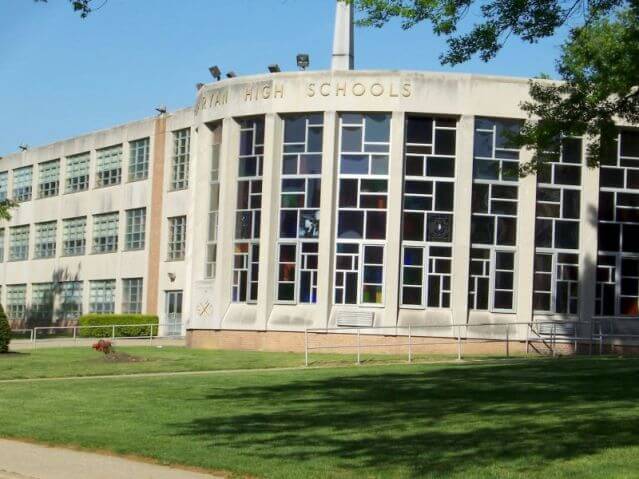
The high school plan depends on masks, social distancing and regular hand washing, McDermott said.
Regular-sized classrooms will be limited to 17 students, and desks will be spaced a full 6 feet apart, according to documents published by the archdiocese. Students will be asked to screen themselves for symptoms.
McDermott said all classrooms have been wired for the “state of the art” camera system, which is equipped with high-quality audio. It will allow students at home, either because it’s their ‘off’ day or because they have symptoms, to view the entire room, she said.
The system will allow “seamless educational integration” for all students, the plan says.
They will be able to access live classes through a recently-purchased learning management system. Similar capabilities will be available for the younger students.
“We needed to make it more like a real classroom, and that’s what we’ve done now,” McLaughlin said.
Parents and guardians with questions about Catholic school reopenings can email covid19@archphila-oce.org.
